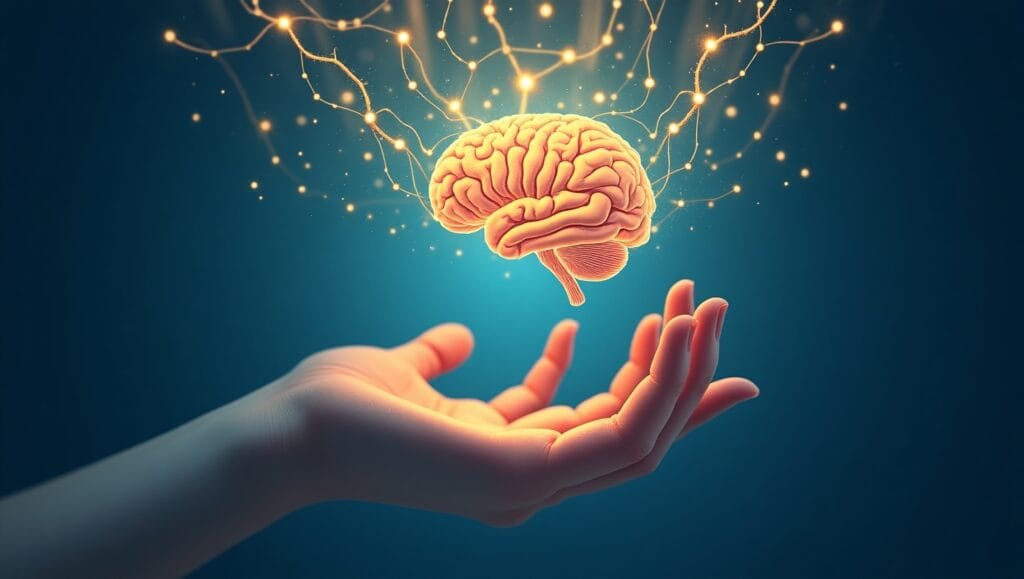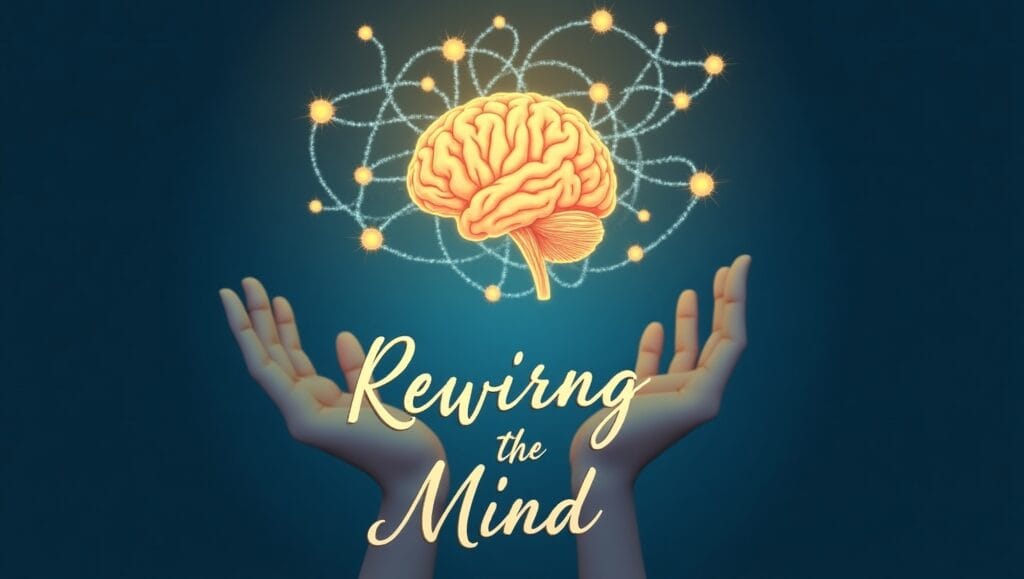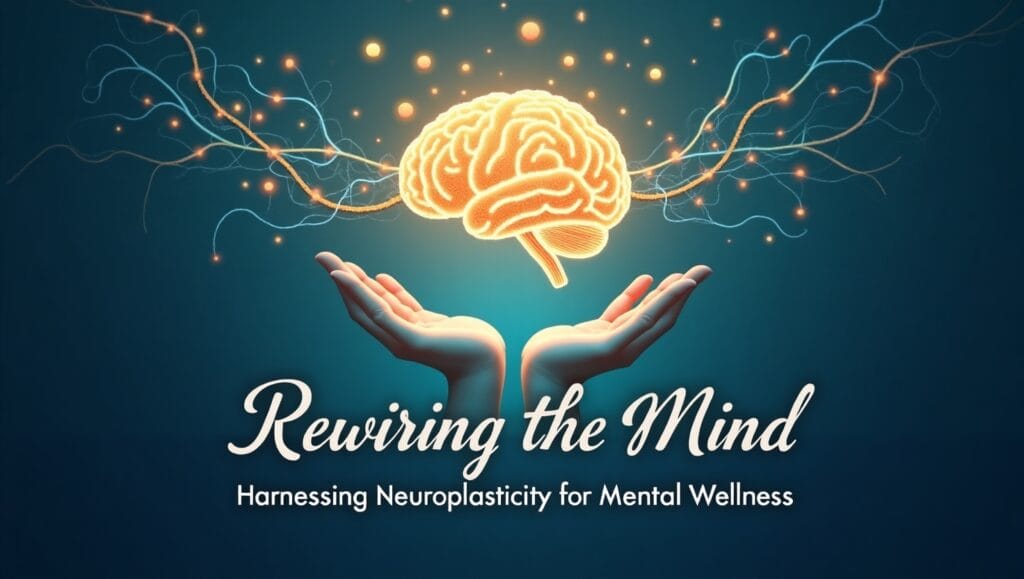The brain’s remarkable capacity to change and reorganize itself through new neural connections throughout life is called neuroplasticity, and has a large part in mental wellness. The dynamic capability allows the brain to adapt to new experiences and learn from them and the brain can also recover from injuries. Understanding neuroplasticity and being able to use it for good provides a great deal of hope for those suffering from psychological issues.
The Science Behind Neuroplasticity
For a long time, scientist assumed the adult brain was relatively set in its structure and function. But in contemporary research the brain has been shown to be malleable throughout life. Neuroplastic processes render us adaptable, and these processes are adaptive or maladaptive. Learning and recovery depends on adaptive neuroplasticity, and maladaptive changes may help in the development of mental health disorders.

Synaptic plasticity, which refers to the strengthening or weakening of synapses, the connections between neurons, in response to activity levels, is one of the core components of neuroplasticity. That is because this synaptic remodeling underlies our ability to adjust, learn or remember. With regards to mental health, maladaptive synaptic plasticity may generate persistent depressive symptoms like rumination or anhedonia. It may be possible to reprogram these maladaptive behaviors through the harnessing of corrective neuroplasticity in order to achieve long lasting remission.
Neuroplasticity’s Impact on Mental Health
Having the capacity for change, the brain’s implications for mental health are profound. Relating to depression, anxiety, and addiction, the conditions are always accompanied by disrupted neural pathways and maladaptive plasticity. By rewarding these pathways, (through interventions that bring about positive neuroplastic changes) it can help rewire these to reduce symptoms and improve mental well being.

For example, Cognitive Behavioral Therapy (CBT) is positively known for its effectiveness in increased neuroplasticity. CBT helps an individual make positive changes to certain thought patterns and behavior, or ways of perceiving things that bring about changes in emotional and cognitive reactions.
In addition, meditation affects regions in the brain related to emotional regulation and memory. Meditation changed beta and gamma brain waves related to mood disorders, revealed a study of the Icahn School of Medicine at Mount Sinai. These findings suggest that meditation may be a treatment of psychiatric condition such as anxiety and depression.
Enhancing Neuroplasticity Through Lifestyle Choices
Some factors that increase neuroplasticity in your brain include:
Physical Activity
Exercise is a very powerful promoter of neuroplasticity. Exercising adds blood flow to the brain promoting the growth of new neurons as well as improving cognitive functions. One can reduce anxiety and improve the mood by engaging in activities like biking, hiking or running.

Diet and Nutrition
Brain health is relied on diet. Protection of the brain and improved cognitive functions are made possible by consuming a diet high in polyphenols (antioxidant found in fruits, vegetables, and other plant foods). A study conducted in Nutrients showed that those people who took capsules containing polyphenol over the period of 16 weeks had improved memory and cognitive skills.
Mindfulness and Meditation
Structural and functional changes in the brain can occur through mindfulness practices such as meditation. All of these practices help develop areas related to attention, regulating emotions and being aware of oneself. Mental wellness is promoted by meditation, which has been linked to reduced symptoms of anxiety and depression.
Cognitive Training
Stimulation of the brain and neuroplastic changes are the result of performing new and challenging activities. Examples of this are learning a new language, playing a musical instrument, problem solving, working on puzzles, physical exercise, or taking a drama or extrovert class. The formation of new brain connections is encouraged by these activities, which too lead to better mental health.
Therapeutic Interventions Targeting Neuroplasticity
However, besides lifestyle modifications, multiple therapeutic interventions have also been developed to use neuroplasticity for mental health intervention.
Cognitive-Behavioral Therapy (CBT)
CBT is a specific type of structured, time limited psychotherapy which seeks out negative thought patterns and behaviors, and then attempts to change these. CBT works by challenging and reframing unhelpful thoughts, which reduces symptoms in a range of mental health disorders and has adaptive neuroplastic effects.
Transcranial Magnetic Stimulation (TMS)
TMS is an non invasive procedure that entails stimulation of nerve cells in the brain using magnetic fields. In later studies, deep TMS has been used to treat depression and addiction by modulating neural activity, and it has been found to be useful for promoting neuroplasticity.
Digital Therapeutics
Since technology has advanced, app based treatments are being designed to enhance neuroplasticity. For example, the US FDA has approved Rejoin, an app that applies smartphone tasks to rewire neural signals to balance busy emotional circuits that turn off too quickly and less busy cognitive circuits that turn off too slowly in depression.

Frequently Asked Questions (FAQs)
Q1: Does neuroplasticity still occur after a certain age?
Indeed, neuroplasticity occurs across the lifespan of an individual. Although children’s’ brains display it to a greater degree, the adult brain maintains the capacity to create new connections between brain cells as the result of learning, experience and sometimes, injury.
Q2: How long does neuroplasticity affect the brain?
The timeline of neuroplastic changes is individual as well as the activity.